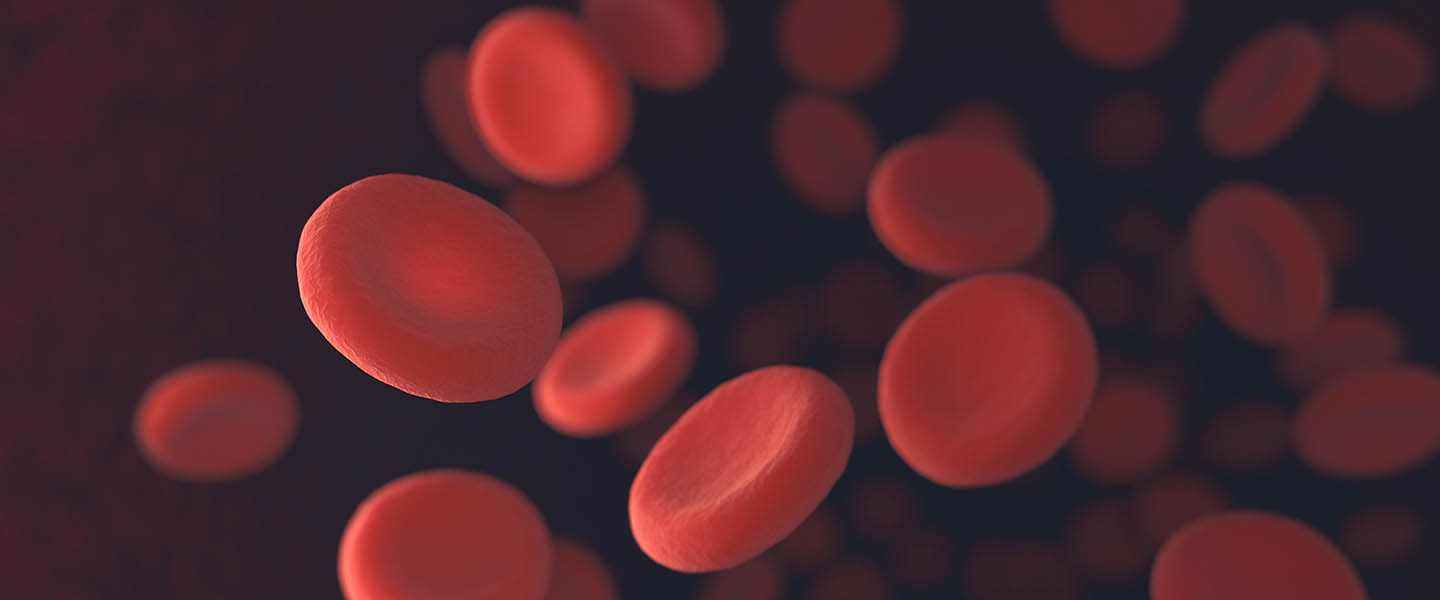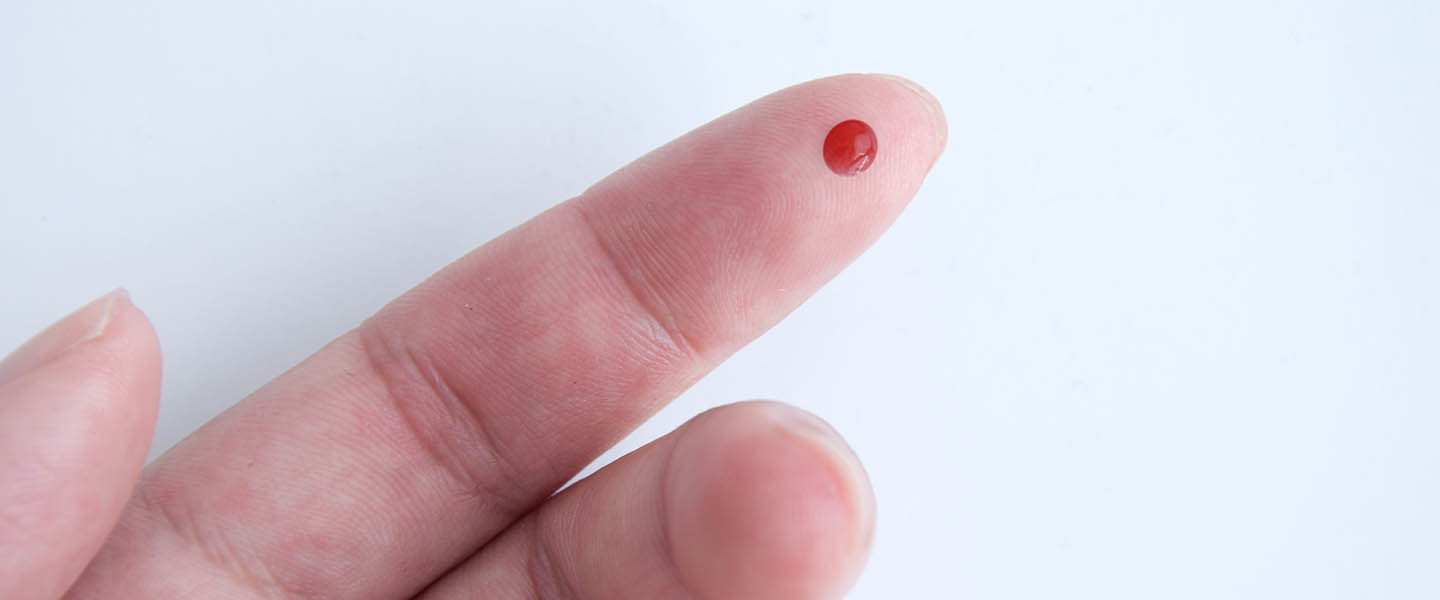Anaemia caused by blood loss often goes undetected, as it occurs slowly and over a long
period of time.
This type of anaemia results from gastrointestinal conditions
(ulcers, haemorrhoids, gastritis and cancer), the use of nonsteroidal anti-inflammatory
drugs (dispirin or ibuprofen) which can cause ulcers, menstruation and childbirth where
menstrual bleeding is excessive and there are multiple pregnancies.

